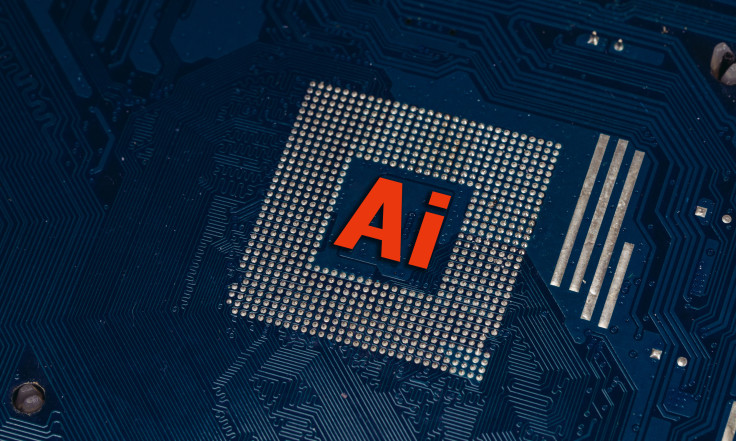Breakthroughs in Bionic Hands: AI and Synergy Principle Enhance Prosthetic Control
By incorporating the "synergy principle" and employing 128 sensors on the forearm, the researchers involved aim to make prosthetic control more intuitive for patients.

In recent decades, significant strides in technology have transformed the landscape of artificial hands, providing new hope and mobility for amputees who have lost a hand due to accidents or illnesses.
Cutting-edge prostheses now offer amputees the ability to regain independent finger movements and wrist rotation. These advancements, controlled through a smartphone app or muscle signals from the forearm, mark a pivotal moment in the field of assistive robotics.
In a recent update, Professor Cristina Piazza, an expert in rehabilitation and assistive robotics at the Technical University of Munich (TUM), and her research team are at the forefront of this revolution. They have unveiled a groundbreaking development that utilises artificial intelligence (AI) to enhance the control of advanced hand prostheses.
By incorporating the "synergy principle" and employing 128 sensors on the forearm, the researchers aim to make prosthetic control more intuitive for patients.
The synergy principle, rooted in neuroscientific studies, reveals that the human brain activates a pool of muscle cells in a synchronised manner during specific tasks.
Professor Piazza said: "When we use our hands to grasp an object, we move our fingers in a synchronised way and adapt to the shape of the object when contact occurs."
Leveraging this principle, the researchers are designing learning algorithms to facilitate more natural and fluid movements in artificial hands.
The key to achieving intuitive movement lies in understanding and replicating the intricate patterns observed in the human brain. Patricia Capsi Morales, the senior scientist in Professor Piazza's team, stressed the importance of machine learning in comprehending variations among individuals and improving adaptability over time.
"With the help of machine learning, we can understand the variations among subjects and improve the control adaptability over time and the learning process," said Morales.
The research involves experiments with a novel approach, using films equipped with up to 64 sensors on both the inside and outside of the forearm. This setup allows the researchers to study muscle activation and estimate the electrical signals transmitted by spinal motor neurons.
Professor Piazza highlighted the significance of employing multiple sensors to gather information from different muscle groups, enabling a detailed understanding of muscle activations responsible for specific hand movements.
Eight out of ten individuals, as revealed by current research focusing on wrist and hand movement, prefer the intuitive method. This preference aligns with the more efficient and natural way of controlling prosthetic limbs.
However, the research also indicates that two out of ten individuals learn to handle the less intuitive method, ultimately becoming more precise in their movements.
Despite these groundbreaking advancements, challenges remain in the quest for advanced control of artificial hands. The learning algorithm, relying on information from the sensors, requires retraining whenever the film slips or is removed.
Moreover, the sensors need to be prepared with a gel to ensure the necessary conductivity for precise signal recording. Dr Capsi Morales explained: "We use signal processing techniques to filter out the noise and get usable signals." She also highlighted the ongoing efforts to optimise the system for each patient.
Another hurdle is the need for individualised training, interpretation and analysis due to the unique mechanics and properties of each patient's hand. Professor Piazza underscores the complexity of the system, which involves a synergy of mechanics, patient training, interpretation, analysis and machine learning.
While the journey towards seamless prosthetic control faces challenges, Professor Piazza reportedly believes that these efforts represent a significant step in the right direction.
The integration of artificial intelligence and the synergy principle holds the promise of unlocking even more natural and intuitive control of artificial hands, offering new possibilities for amputees seeking to regain functionality and independence.
© Copyright IBTimes 2025. All rights reserved.






















